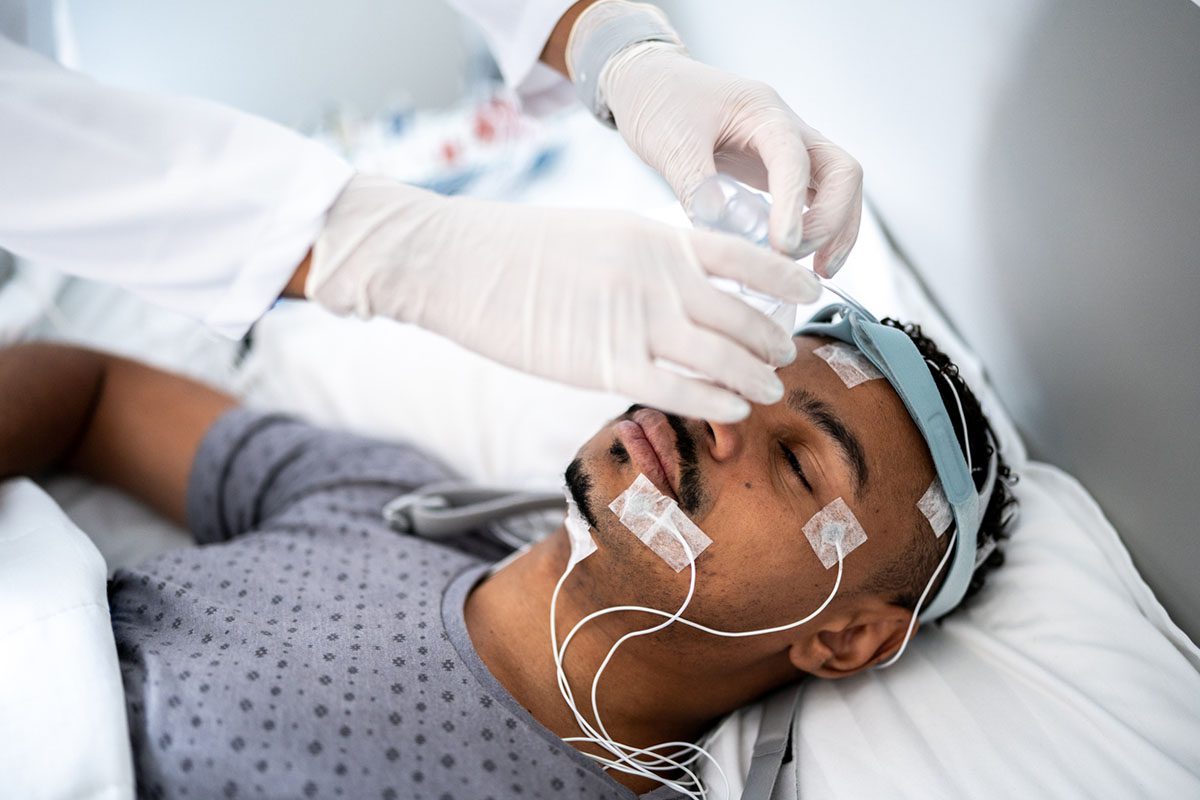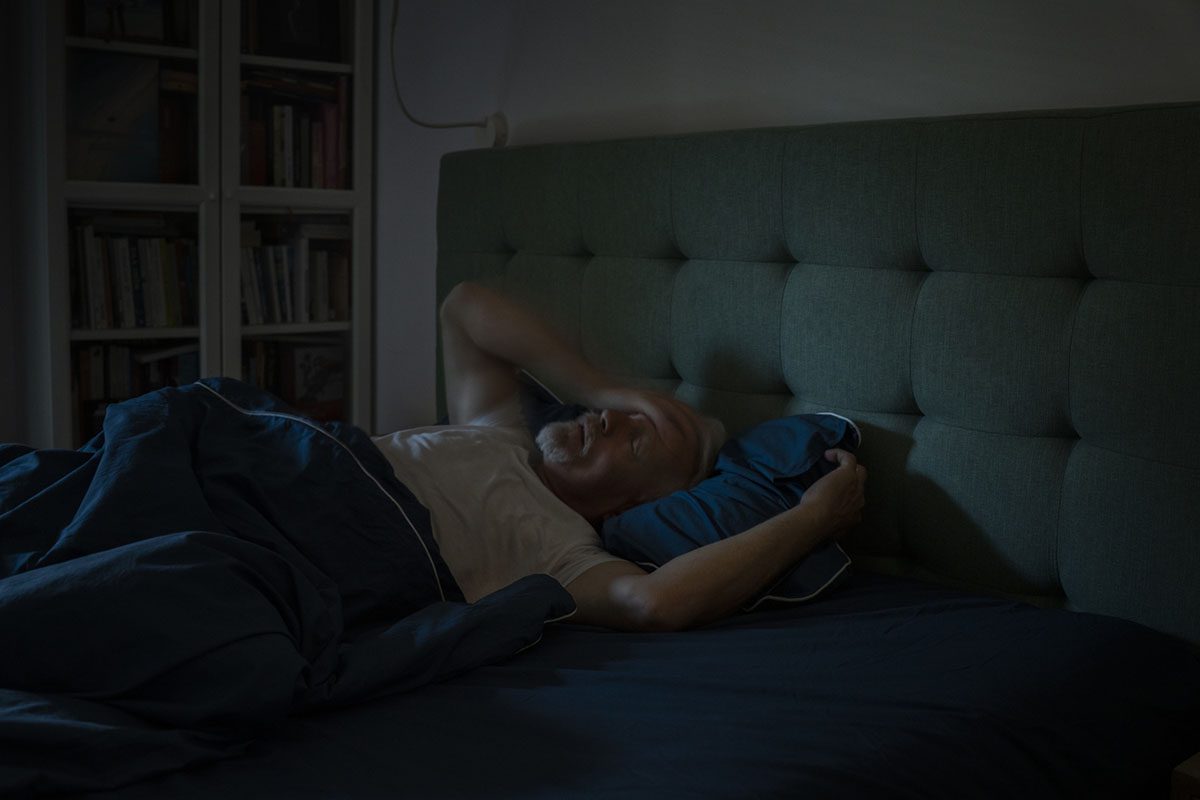Objective: To clarify the incidence of predictive risk factors for poor mental health status in Japanese adolescents.
Methods: In 2010, baseline surveys of first-year junior and senior high school students were conducted at 10 randomly selected junior high schools and 14 senior high schools in Japan. After 2 years, follow-up surveys were conducted on the same students. For both surveys, a self-administered questionnaire about mental health status and lifestyle, General Health Questionnaire-12 (GHQ-12), was provided to the students.
Results: In total, 1,304 junior and 4,383 senior high school students were enrolled at the start of the study, and 776 junior and 2,697 senior high school students responded to both surveys. The new incidence of poor mental health status (GHQ-12 ≥ 4 points), determined by changes between the baseline and follow-up surveys, was 17.1% (95% CI, 13.9% to 20.3%) of junior high school students and 22.6% (95% CI, 20.5% to 24.7%) of senior high school students. According to the multiple logistic regression analysis, in junior high school students, factors associated with the onset of poor mental health were not participating in sports activities (adjusted odds ratio, 3.13; P = .035) and spending ≥ 2 hours per day studying outside of school (2.18; P = .010). In senior high school students, factors associated with the onset of poor mental health were female sex (2.51; P < .001), difficulty initiating sleep (3.38; P < .001), poor sleep quality (1.83; P = .034), poor appetite (3.43; P = .011), spending less than 2 hours per day watching television (1.37; P = .038), being a victim of bullying (2.46; P = .011), and not having a sympathetic supporter (1.72; P = .006).
Conclusions: The findings of this study are valuable for formulating approaches aimed at addressing adolescent mental health.
Continue Reading...
Members enjoy unlimited free PDF downloads as part of their subscription! Subscribe today for instant access to this article and our entire library in your preferred format. Alternatively, you can purchase the PDF of this article individually.
Please sign in or purchase this PDF for $40.00.
Already a member? Login




